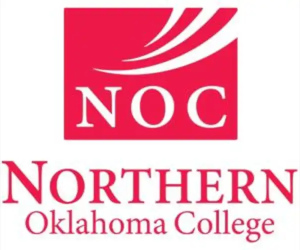YouTube will begin testing an artificial intelligence-powered age-verification system in the United States on Wednesday, aiming to better distinguish between adults and minors based on the kinds of videos they watch.
The trial will initially affect only a small portion of the platform’s U.S. audience, but it could expand if the technology proves as accurate as it has in other countries. The feature will only work for viewers logged into their accounts and will make assessments regardless of the birth date listed when signing up.
If flagged as under 18, users will face existing safeguards designed to protect minors, including blocked access to certain videos, privacy warnings, limited recommendations, and reminders to take breaks from the screen.
YouTube, owned by Google for nearly two decades, also avoids serving personalized ads to users under 18. Those incorrectly flagged can appeal by providing a government-issued ID, a credit card or a selfie for verification.
The rollout comes as pressure mounts for online platforms to tighten age verification, especially after the U.S. Supreme Court in June upheld a Texas law restricting minors’ access to pornography online.
While some digital rights groups warn such measures could infringe on privacy and free speech, YouTube says the technology aims to “deliver safety protections while preserving teen privacy.”
Oklahomans who watch YouTube regularly may see changes in their viewing experience if the system becomes more widespread nationwide.
























